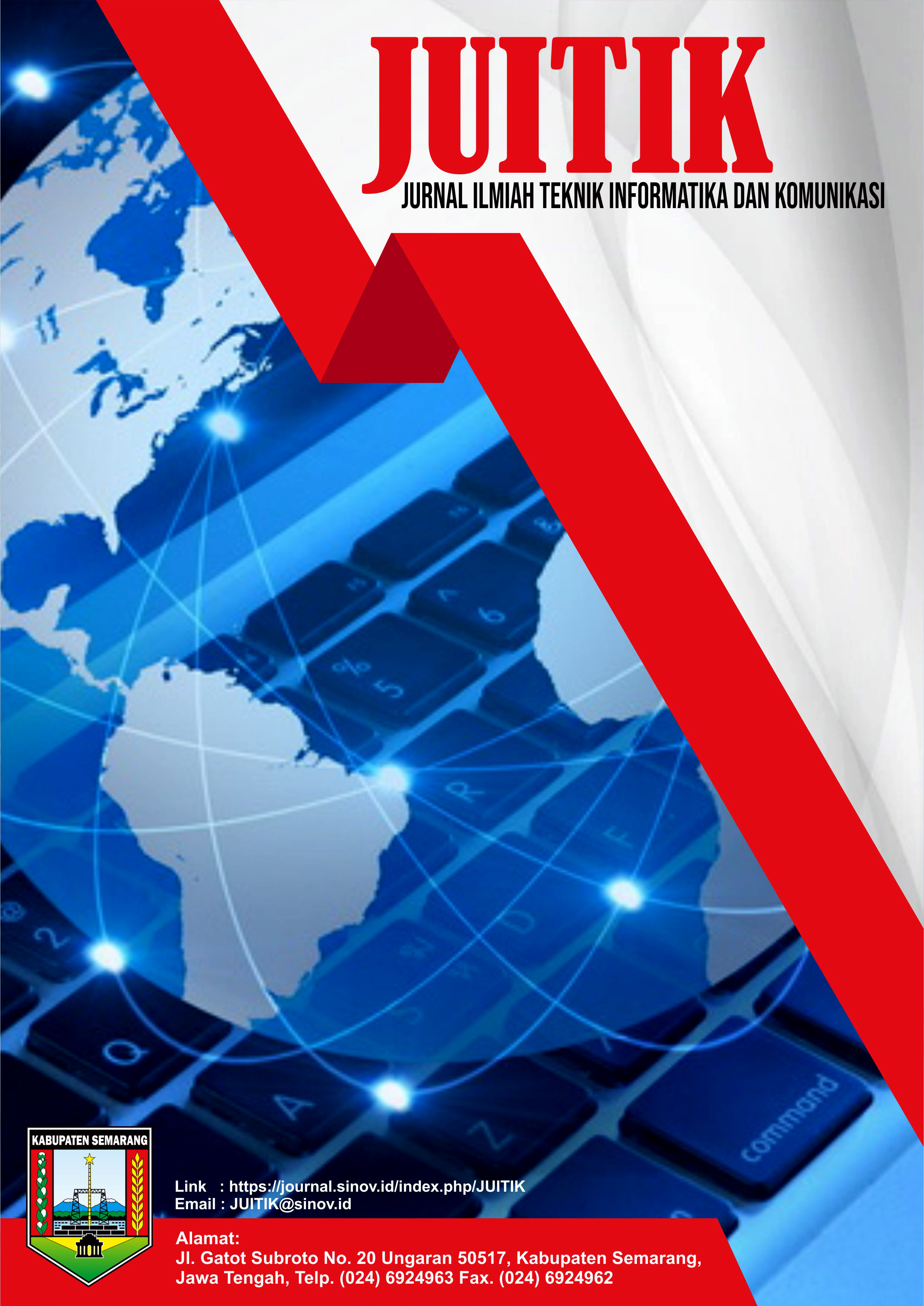Strategi Komunikasi Internal dalam Memperbaiki Work-Life Balance dan Performance Management Karyawan pada Perusahaan Teknologi Informasi (Studi Kasus Pada PT ABC)
DOI:
https://doi.org/10.55606/juitik.v5i3.1513Keywords:
employees, information technology, internal communication, performance management, work-life balanceAbstract
Internal communication is a strategic component that plays a crucial role in supporting organizational success, particularly in creating work-life balance and employee performance management. This study aims to analyze the internal communication strategy of PT ABC, an information technology company, to simultaneously improve both aspects. A dynamic work environment characterized by tight deadlines and a project-based work culture creates high levels of stress for employees, leading to an increased risk of burnout and decreased satisfaction with the performance management system. Based on internal company data, fluctuations in work-life balance scores over the past three years have been found, as well as a consistent decline in the assessment of the performance management system. This study uses a qualitative case study approach, where data were obtained through in-depth interviews and analysis of internal company documents. The results indicate that structured, two-way, and adaptive internal communication plays a significant role in strengthening employees' perceptions of the fairness of the performance system and supporting their well-being. A participatory communication strategy bridges the gap between organizational policies and employee needs, creating a healthier and more productive work environment. These findings confirm that internal communication serves not only as a means of conveying information but also as a strategic instrument for increasing long-term employee loyalty and retention. Furthermore, this study also shows that transparency in internal communication is crucial for building trust between management and employees. When information regarding performance management policies, rewards, and efforts to improve work-life balance is communicated openly, employees feel valued and more involved in the decision-making process. This not only increases job satisfaction but also reduces dissatisfaction, which can lead to employee turnover.
References
Aguinis, H. (2023). Performance management (5th ed.). Chicago Business Press.
Aselina. (2019). Strategi komunikasi internal dalam organisasi: Teori dan praktik. Jakarta: Penerbit Komunika.
Bui, D. H., & Le, A. T. T. (2023). Improving employee engagement through organizational culture in the travel industry. Cogent Business & Management, 10(1), 1–23. https://doi.org/10.1080/23311975.2023.2232589
Kilson, G. A., & Tavares, P. (2024). Internal communication quality in a telecommuting context. Social Sciences, 13(286). https://doi.org/10.3390/socsci13060286
Maslichah, L., & Hidayat, R. R. (2017). Work-life balance dan pengaruhnya terhadap burnout. Jurnal Ekonomi dan Bisnis, 32(2), 201–215.
Mazzei, A. (2014). Internal communication for employee enablement: Strategies in Italian companies. Corporate Communications: An International Journal, 19(1), 82–95. https://doi.org/10.1108/CCIJ-08-2012-0060
Men, L. R., & Yue, C. A. (2019). Creating a positive emotional culture: Effect of internal communication and impact on employee supportive behaviors. Public Relations Review, 45(3), 101764. https://doi.org/10.1016/j.pubrev.2019.03.001
Nguyen, C. M. A., & Ha, M. T. (2023). The interplay between internal communication, employee engagement, job satisfaction, and employee loyalty. Humanities and Social Sciences Communications, 10(329). https://doi.org/10.1057/s41599-023-01806-8
Ophilia, A., & Hidayat, Z. (2021). Leadership communication during organizational change: Internal communication strategy. Academic Journal of Interdisciplinary Studies, 10(2), 24–33. https://doi.org/10.36941/ajis-2021-0035
Robins, S. P. (2016). Organizational behavior (16th ed.). Pearson Education.
Ruck, K. (2020). Exploring Internal Communication: Towards Informed Employee Voice. Routledge.
Siregar, A., Prasetyo, A., & Widodo, H. (2021). Manajemen komunikasi organisasi: Pendekatan praktis dan studi kasus. Yogyakarta: Pustaka Pelajar.
Tench, R., & Yeomans, L. (2021). Exploring Public Relations and Management Communication (6th ed.). Pearson Education Limited.
Welch, M. (2012). Appropriateness and acceptability: Employee perspectives of internal communication. Public Relations Review, 38(2), 246–254. https://doi.org/10.1016/j.pubrev.2011.12.017
Wenno, I. H. (2018). Work-life balance dan implikasinya terhadap produktivitas kerja. Jurnal Manajemen dan Kewirausahaan, 6(2), 143–151.
Downloads
Published
How to Cite
Issue
Section
License
Copyright (c) 2025 Jurnal Ilmiah Teknik Informatika dan Komunikasi

This work is licensed under a Creative Commons Attribution-ShareAlike 4.0 International License.










